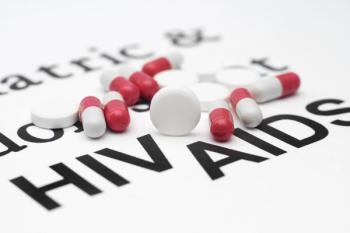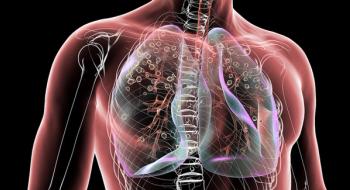
HIIT May Maintain Health in Older Patients With Treatment-Naïve CLL
High-intensity interval training (HIIT) may maintain health, including immune cell function, for patients with treatment-naïve chronic lymphocytic leukemia (CLL).
High-intensity interval training (HIIT) is feasible in older adults with treatment-naïve chronic lymphocytic leukemia (CLL), and may be an important lifestyle intervention to maintain the health of these older patients, according to a study
The median age at diagnosis for patients with CLL is 70 years and treatment-naïve patients have low physical fitness, which is associated with poor survival once treatment begins, the authors noted. In addition, before treatment, patients experience an impairment of normal immune functions.
Previous research has shown that older patients with other diseases who engage in HIIT see an improvement in immune function and a reduction in disease burden. “Therefore, HIIT may be an effective form of exercise to improve physical fitness and immune functions for CLL patients,” the authors wrote.
The pilot study examined physical fitness and immunological changes as a result of a 12-week, supervised HIIT intervention plus muscle endurance-based resistance training. A control group (n = 6) was enrolled and told to continue their daily activities without joining a structured exercise program, while the exercise group (n = 10) completed supervised training 3 times a week. The mean age of all participants was 64.9 years (range: 49-79 years).
The HIIT program consisted of 2 sessions that were 1 hour—30 minutes for HIIT and 30 minutes for resistance training—and 1 session that was just 30 minutes of HIIT. The participants in the HIIT group completed 99% of the prescription (148.5 [5.4] exercise minutes per week), and all participants completed more than 75% of the prescribed exercise minutes.
The groups had similar physical fitness at baseline, and they were mostly similar for most immune cell characteristics at baseline.
The researchers found HIIT had:
- A small-medium effect on aerobic capacity
- A large effect on muscle strength
- A medium-large effect on upper body muscular endurance
- A large effect on natural killer (NK) cell numbers and CD56dim NK-cells
- A large effect on NK cell functions
- A small-medium effect on B cells and T cells
- A large effect on monocytes
While all of the HIIT participants reported minor muscle soreness because of the resistance and aerobic exercise, this was considered a normal reaction to exercise training. The researchers recorded no adverse events during the exercise sessions.
Some of the limitations of the study included the small number of participants, the age of the participants, which was younger than the average age of patients diagnosed with CLL; and the eligibility criteria, which excluded individuals with underlying cardiovascular abnormalities and may reduce the generalizability of the study.
“There is an increasing body of literature that links exercise training, muscle function and immune functions in older adults,” the authors concluded. “Our findings suggest that this may also be the case for older adults with treatment naïve chronic lymphocytic leukemia.”
Reference
MacDonald G, Sitlinger A, Deal MA, et al. A pilot study of high-intensity interval training in older adults with treatment naïve chronic lymphocytic leukemia. Sci Rep. Published online November 30, 2021. doi:10.1038/s41598-021-02352-6
Newsletter
Stay ahead of policy, cost, and value—subscribe to AJMC for expert insights at the intersection of clinical care and health economics.















































